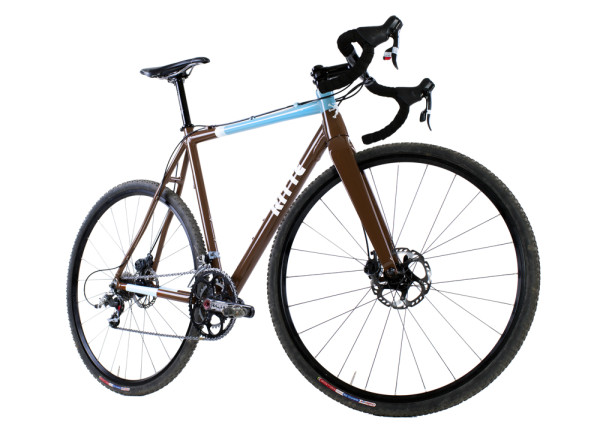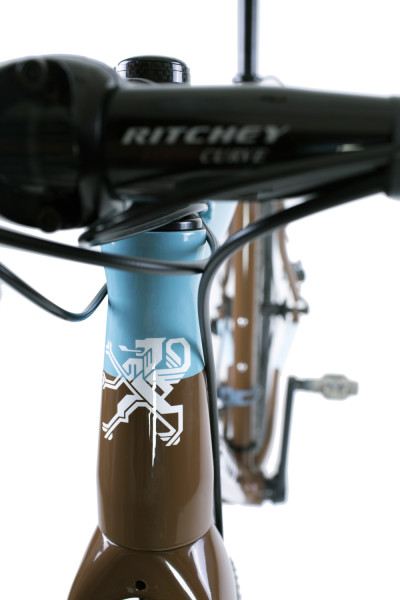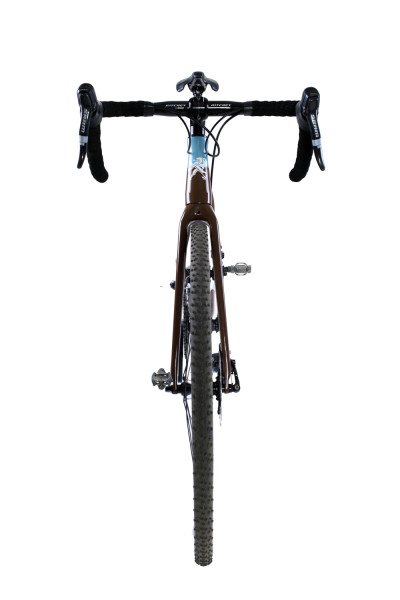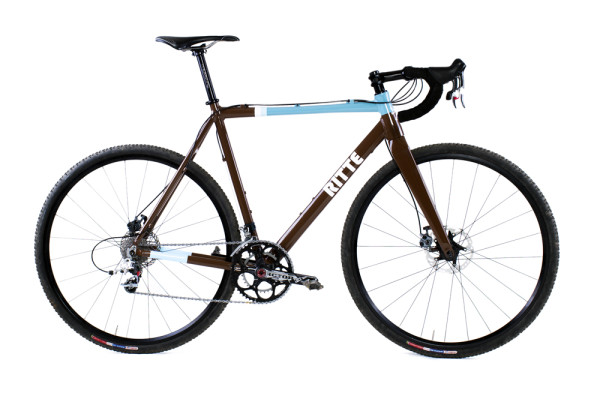While most of the country’s cross inclined are gearing up for a big weekend of racing, Ritte just sent over this chocolate morsel. Stepping in to replace the current Crossberg, the 2015 model sees slight changes to help you reach the podium without going broke.
The 2015 Crossberg continues Ritte’s quest to design a frame that has neutral manners and will fit a wide range of riders. Combining a shorter top tube, 425mm chainstays, and a “tighter than average” front center, the Crossberg claims to be agile yet stable through the entire size range. Still born from aluminum, the frame does make a departure from 6061 for the stiffer 7005 alloy which should handle all the punishment you can dish out.
Even though most of the frame specifications stay the same on the Crossberg, one big change is the move to a tapered 1 1/8-1 1/2″ head tube. The 2014 model used a 44mm HT which still allowed the use of tapered forks, but the larger tapered HT should improve front end stiffness even more.
Elsewhere a PF30 bottom bracket remains in use, and the frame sticks with disc brakes but with QR axles front and 135mm rear. Framesets will ship with a full carbon Ritte disc fork with 160mm post mounts, while the rear can uses either 140 or 160mm rotors. All cable and housing routing is external and is compatible with both mechanical and hydraulic disc brakes. Ritte knows the Crossberg will be ridden in more than just CX races so the frame is speced with a 27.2 seatpost to squeeze out every bit of comfort possible.
Offered in XS – 2XL frame sizes, framesets will retail for $1250 which includes the frame, fork, and headset.




